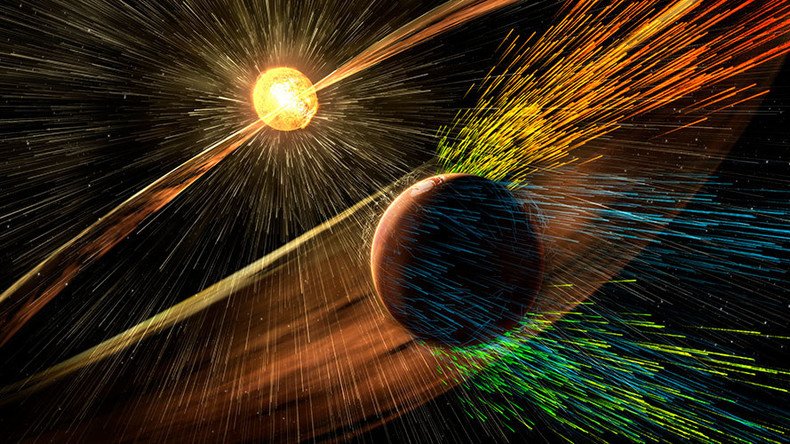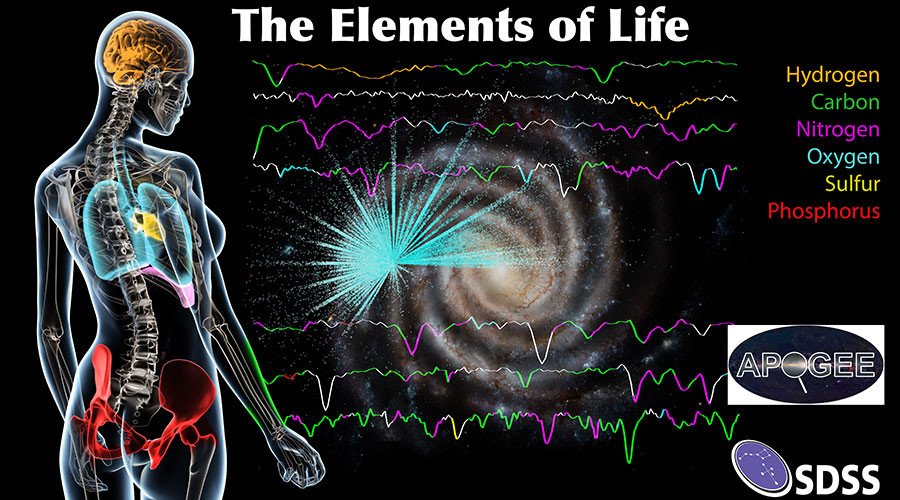Stardust melody: Humans are undeniably made up of cosmic dust, new study confirms

New research has confirmed what scientists have been saying for years: humans are undeniably made of stardust.
A team of astronomers from the Sloan Digital Sky Survey in New Mexico enlisted the Apache Point Observatory Galactic Evolution Experiment (APOGEE) which uses infrared wavelengths to see through the galaxy's dust and analyze the composition of 150,000 stars across the Milky Way.
READ MORE: ISS astronaut shares his astonishing view of the Earth (PHOTOS)
With that data, the group then cataloged the abundance of ‘CHNOPS’ (carbon, hydrogen, nitrogen, oxygen, phosphorous and sulfur) elements in each of the stars, which they say represent the “building blocks” of the world around us, and found humans and their galaxy have about 97 percent of the same kind of atoms.
"This instrument collects light in the near-infrared part of the electromagnetic spectrum and disperses it, like a prism, to reveal signatures of different elements in the atmospheres of stars," a Sloan spokesperson said in a statement.

The team used a spectroscopy method to evaluate each element and determine what it was made of, discovering a distinct wavelength of light from within each star.
Researchers found a stronger concentration of the elements of life in the Milky Way’s center and discovered that while we share most elements with stars, humans’ mass is 65 percent oxygen, in contrast to the less than 1 percent measured in space.
READ MORE: ‘We are go’: Moon mining firm raises enough money for maiden flight
"It's a great human interest story that we are now able to map the abundance of all of the major elements found in the human body across hundreds of thousands of stars in our Milky Way," said Jennifer Johnson, the science team chair of the SDSS-III APOGEE survey and a professor at The Ohio State University.
"This allows us to place constraints on when and where in our galaxy life had the required elements to evolve, a sort of 'temporal galactic habitable zone.”












